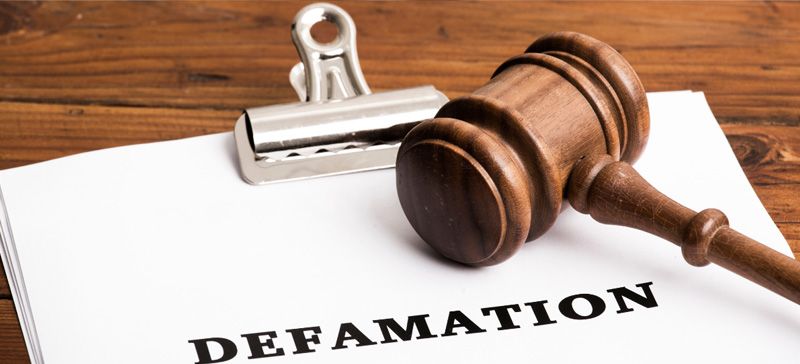Defamation and Serious Harm

Introduction
On 1 July 2021, the Defamation Act 2005 (QLD) (‘Act’) was amended to incorporate, among other things, a new element for the cause of action of defamation. That new element is referred to as the ‘serious harm’ element.
Read our outline of the amendments to the Defamation Act which came into effect on 1 July 2021.
This article will discuss case law subsequent to the amendments to the Act on 1 July 2021 which has elucidated the concept of the serious harm element in defamation dispute matters.
General Advice Only
This article is general in nature and should not be construed or relied upon as legal advice. If you are seeking legal advice specific to your matter, we recommend that you obtain independent legal advice.
Please feel free to contact our firm on 07 5532 3133 to speak to our Litigation team to discuss your matter.
Serious Harm under the Defamation Act 2005 (QLD)
Section 10A(1) of the Act states that:
It is an element (the serious harm element) of a cause of action for defamation that the publication of defamatory matter about a person has caused, or is likely to cause, serious harm to the reputation of the person.
Section 10A(2) states that:
Harm to the reputation of an excluded corporation is not serious harm unless it has caused, or is likely to cause, the corporation serious financial loss.
Section 9(2) defines an excluded corporation as:
(2) A corporation is an excluded corporation if—
(a) the objects for which it is formed do not include obtaining financial gain for its members or corporators; or
(b) it has fewer than 10 employees and is not an associated entity of another corporation;
and the corporation is not a public body.
Element of serious harm – Georges v Georges [2022] NSWDC 558
In the decision of Georges v Georges [2022] NSWDC 558, the element of serious harm under section 10A of the Defamation Act 2005 (NSW) (which is identical to section 10A of the Act) was discussed by reference to other judgments of Courts in New South Wales and English law:
- the harm that has been, or is likely to be, caused is generally measured by combination of the inherent tendency of the words and their actual impact on those to whom they were communicated;
- relevant considerations include: the meaning of the words, the extent of the publication, the nature of the recipients and their relationship with the plaintiff, and whether they (the recipients) believe the imputations;
- the harm is confined to reputation— injured feelings is not sufficient, no matter how great the injury to feelings is;
- serious harm involves harm that sits on a spectrum above ‘substantial’, though below ‘grave’. There can be harm which, though substantial, does not reach the level of ‘serious’ harm;
- it is the seriousness of the harm (ie the impact) of the publication which is in question; not the seriousness of the imputation. Thus a grave imputation may not result in serious harm, typically where the publication is to a small number of persons well acquainted with the plaintiff who are not disposed to believe it, and where any impact of the imputation on the plaintiff’s reputation is transitory or ephemeral;
- there may be serious harm without there being permanent harm;
- any “grapevine effect” would be relevant in establishing serious harm.
In Georges, Justice Abadee found that while the applicant acknowledged that there are differences in the provision between the two jurisdictions (i.e. New South Wales and England), it was ultimately accepted and agreed with previous decisions of a District Court justice that the above analysis applies to section 10A of the Defamation Act 2005 (NSW).
At the time of writing this article, there does not appear to be any case law in Queensland which discusses the element of serious harm within the meaning of section 10A of the Act.
While the decision of Georges and other judgments by New South Wales courts are merely persuasive on Queensland Courts, it would not be surprising if the Queensland Courts adopted the above approach (or a similar approach) to determining serious harm for the purposes of section 10A of the Act.
Conclusion
Since the element of serious harm is still a relatively new requirement, it will only be a matter of time before the Queensland courts test the element of serious harm and clarify the element of serious harm for the purposes of section 10A of the Act.
This article is general in nature and should not be construed or relied upon as legal advice.
Do You Need Legal Advice?
If you are seeking legal advice specific to your matter, we recommend that you obtain independent legal advice.
Potts Lawyers have law offices on the Gold Coast and in Brisbane. Please feel free to contact our firm on (07) 5532 3133 to speak to our team of expert Litigation lawyers to discuss your matter.



